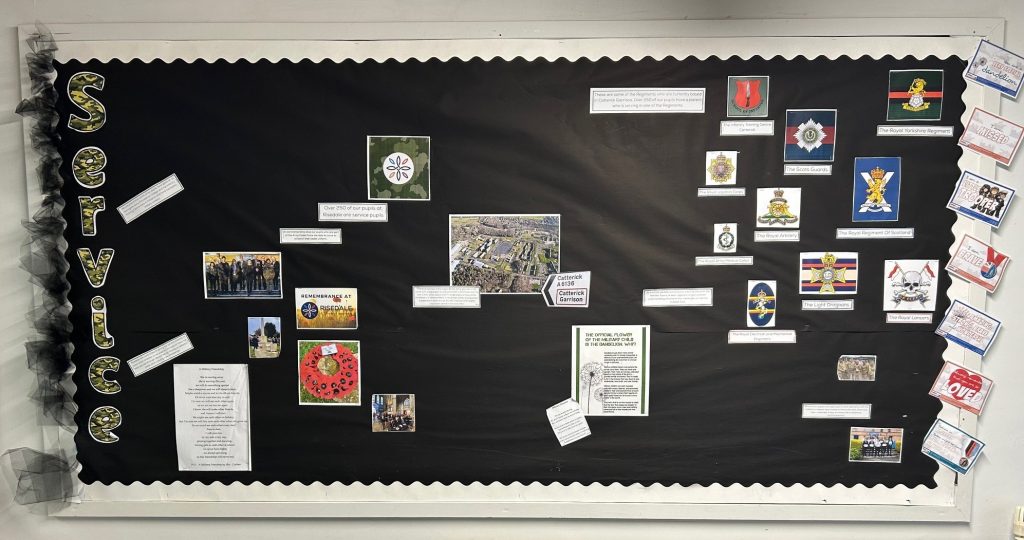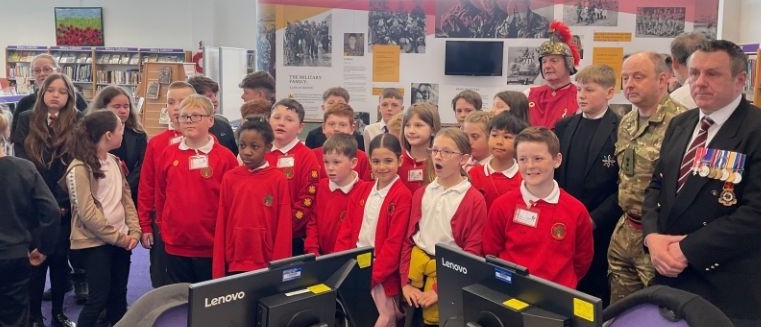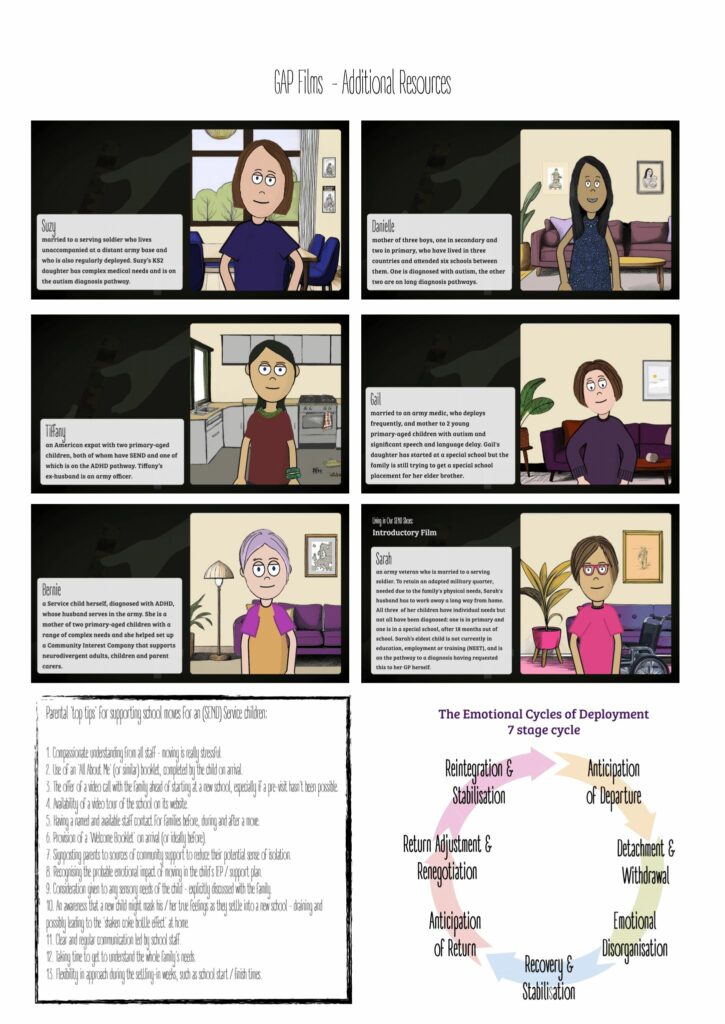Enhancing Support For Service Children SEND
In Brunei, a military parent faced an impossible choice – stay in a place where their child couldn’t access the speech and occupational therapy they needed or uproot their family once again, hoping for better support in the UK.
This is just one of the many challenges military families face with every relocation. Each new assignment often means starting the process all over again – navigating new schools, new systems, and new battles for support. But what makes it even harder are the unique challenges of military life itself: parental separation, constant uncertainty, and the struggle to ensure that children with special educational needs or disabilities (SEN/D) don’t get left behind.
“Our son had speech therapy before leaving England, this did not continue abroad but it became clear on return that speech therapy would be needed. Since arriving back, the school has been getting to know our son and have since decided to apply for support”
With a national funding crisis affecting SEN resources, the system meant to help was failing military families who needed it the most.
The Project Vision
The Garrison Assist Project (GAP) and its extension, GAP+, supported through our Service Pupil Support programme, set out to bridge the gap between military life and SEN support.
Focused on eight schools serving Catterick Garrison, these initiatives were designed to ensure that service children with SEND didn’t fall through the cracks. By creating a stronger, more connected system of support, the project aimed to make sure that no matter how often military families moved, their children’s educational needs remained a priority.
The project set out with a clear mission to understand the complex realities of service children’s lives and how they meet with existing policies and practices.

“We want to ensure that provision for SEND children & young people on the Garrison is the best it can be. To achieve this, our group of schools will work towards a consistent approach, and through our dedicated teams of highly trained and knowledgeable staff, we will ensure no time is wasted putting in place appropriate support for our SEND Service pupils.” – Executive Summary
From the start, the project took a collaborative approach. They formed a steering group to bring together all eight settings within the project, ensuring every school understood the mission: improving support for service children with SEND.
They appointed a dedicated Service Children’s coordinator to each school, a key figure responsible for advocating for service children and ensuring all their needs were met. But the project didn’t stop at the school gates. Parents were brought into the conversation through an advisory panel, where their voices were amplified alongside regional and national experts in both SEND and service children’s education.
By working together, the goal was clear, to build a system that understood and supported these families, no matter where military life took them next.

“My son is very happy there so much, so he does not want to leave for secondary. The support and staff have been amazing, and we cannot fault it. My daughter starts officially in September, and we have every confidence that she will receive the same support in her needs and education” – parent/carer feedback.
Data collection
To address the gaps for support with SEND in service children, researchers from the University of Winchester conducted an independent evaluation.
Their goal was to assess the level of support available before the project, explore the challenges faced by military families and staff, and evaluate how the project was implemented. The evaluation aimed to identify key elements that could help replicate the project’s success in other settings.
Insights were gathered through focus groups and interviews with parents and children ensuring the voice of those most affected were heard. By listening to families and understanding their experiences, the project has laid the foundation for more supportive environments to help all service children thrive.
Key findings revealed not only a growing shared understanding of the project’s aims among those directly involved but also benefits for staff. Increased awareness of diverse needs, such as autism, has led to upskilling and the development of more collaborative approaches within schools.
Communication and collaboration between schools have also improved, resulting in a more cohesive support system. This ensures that pupils receive consistent support across different schools.
Long term outcomes
In conclusion, this project is taking important steps forward creating a more inclusive and supportive educational environment where all children, regardless of their needs, can thrive by focusing on improved overall progress.
“We are working this year at disseminating the learning beyond Catterick Garrison, collectively, we would like to try and influence change in this area, to better support this vulnerable group of service children in accordance with the principles of the Armed Forces Covenant. “
– Matt Blyton, Project Lead
Find out more
The full GAP University Evaluation Report is available to read below

Additional resources available: GAP parental animations and video links
View more projects here supported under the Armed Forces Families Fund
